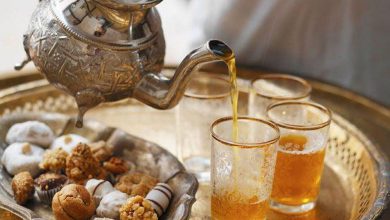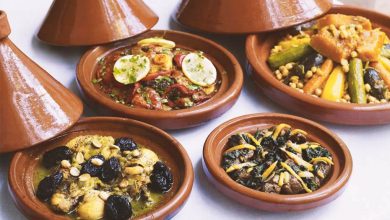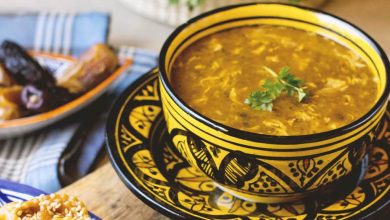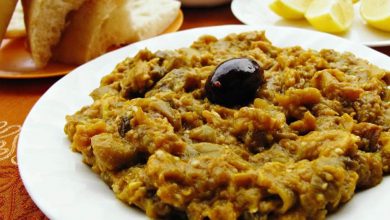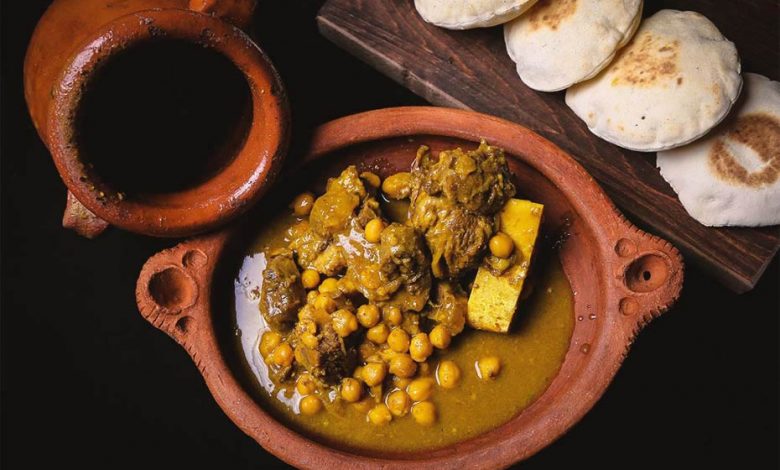
Like couscous, tajine, and harira, the Moroccan tanjia is a traditional dish of Moroccan cuisine originating from the city of Marrakech that helped Moroccan gastronomy rank second-best cuisine in the world.
Tanjia, tangia or tanjiat, this local specialty from Marrakech, that can be spelled differently, is named after the clay pot in which the dish is cooked. Like the tajine, tanjia refers to both the contents and the container of the dish.
In the pot, pieces of meat are put in addition of Moroccan rancid butter called smen, lemon confit, a few cloves of garlic, some onions, olive oil, (some people add chickpeas), and finally water.
And of course like all Moroccan dishes spices are essential: cumin, Safran, Ras-el-hanout, pepper, and salt. Depending on preferences, some spices are added more or less, and it is left to cook long hours by beeing tucked into ashes of a fire.
Surprisingly, for your information, one of the particularities of this dish is that its preparation is generally given to men, who after filling out the tanjia, take care to close it solidly with some parchment paper, to tie it with wire and then take it to cook for long hours in the ashes of the public ovens of Marrakech or in the embers of the wood oven of a traditional hammam. Afterward, the meat is cooked slowly but surely, and end being very tender and tasty.
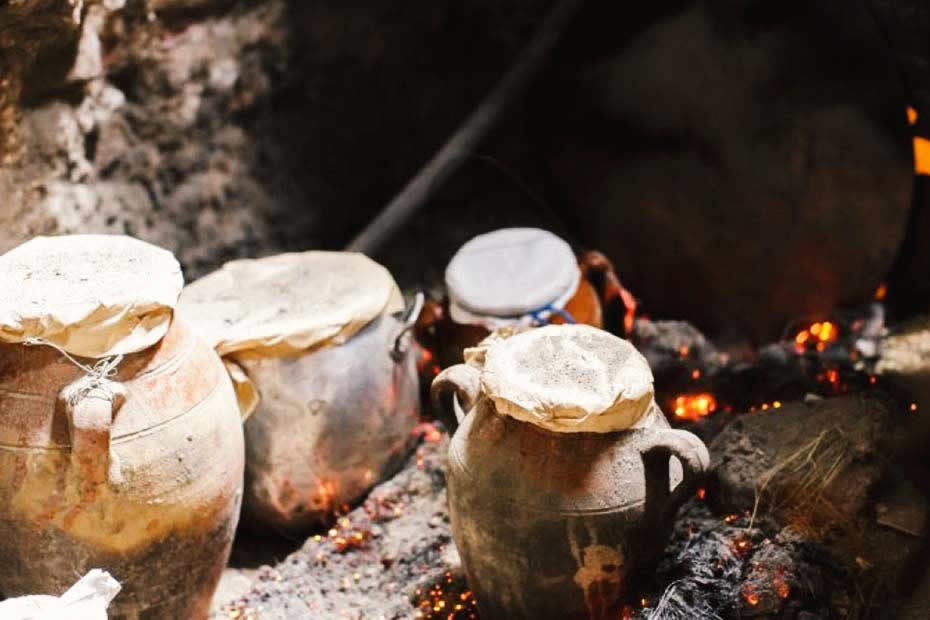
Many stories are told about the origin of this dish, especially because it is one of the only dishes prepared exclusively by men in Morocco.
Some say that before, men who worked and did not have time to go home to eat would get ingredients from nearby such as meat, spices… They would put them in a jar and entrust it in the embers of the wood oven of a traditional hammam in the evening for the next day.
One thing is sure about this dish. It is absolutely delicious, and no one can go to Marrakech without tasting it.



